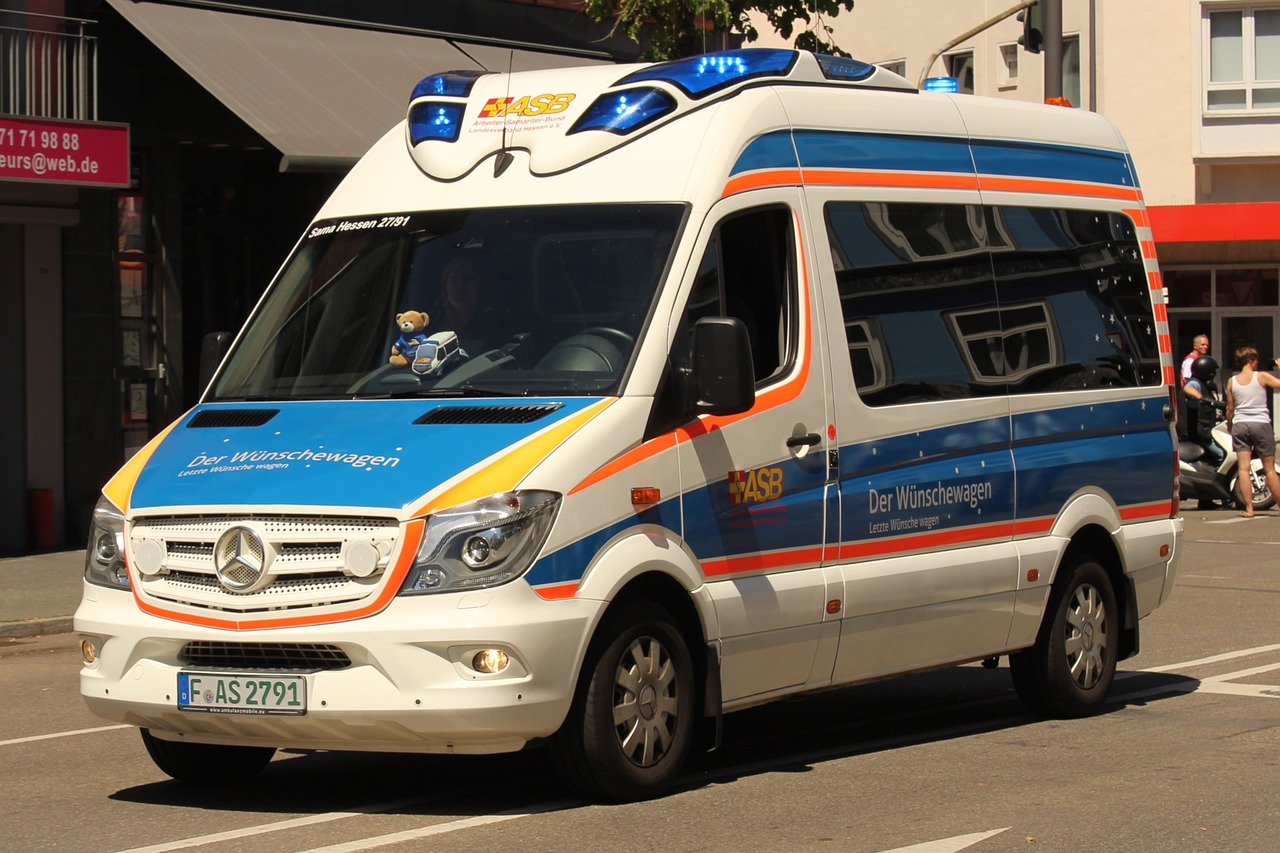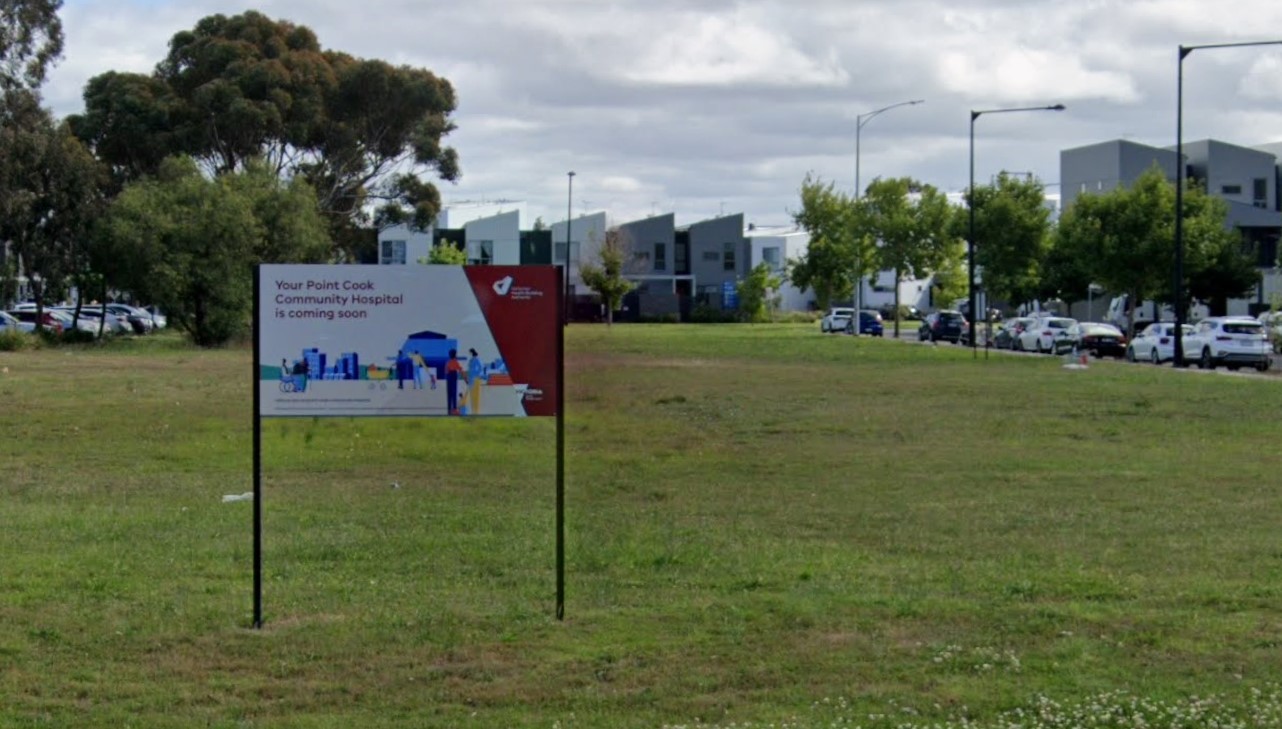13
Aug 2024
Melbourne Hospitals in Turmoil: Over 130 Ambulances Waiting Outside
Published in News on August 13, 2024

Victorian hospitals are facing a crisis as over 130 ambulances are stuck outside, unable to unload patients. Currently, only 12% of the state’s ambulances are free to respond to new emergencies. The majority are either occupied with patients or delayed in transferring them to hospitals.
Today, the situation reached a critical point with 167 ambulances waiting outside emergency departments for patient transfers. Northern Hospital in Epping and Box Hill Hospital were among the hardest hit. This persistent issue continues to strain Victoria's healthcare system.
Last night, Bendigo Hospital faced severe challenges, with paramedics unable to respond to emergencies between Melbourne and Mildura due to being occupied with a patient waiting in a hallway. Danny Hill from the Victorian Ambulance Union urged immediate action, highlighting the risk that many people might not receive the ambulance assistance they urgently need.
“There’s not enough being done by the government to ensure that ambulance offloads are prioritized and that crews are quickly back in the community,” Hill said. “Ambulances shouldn’t be stuck at hospitals for hours on end.” He advised that if it’s not an emergency, people should avoid calling 000.









